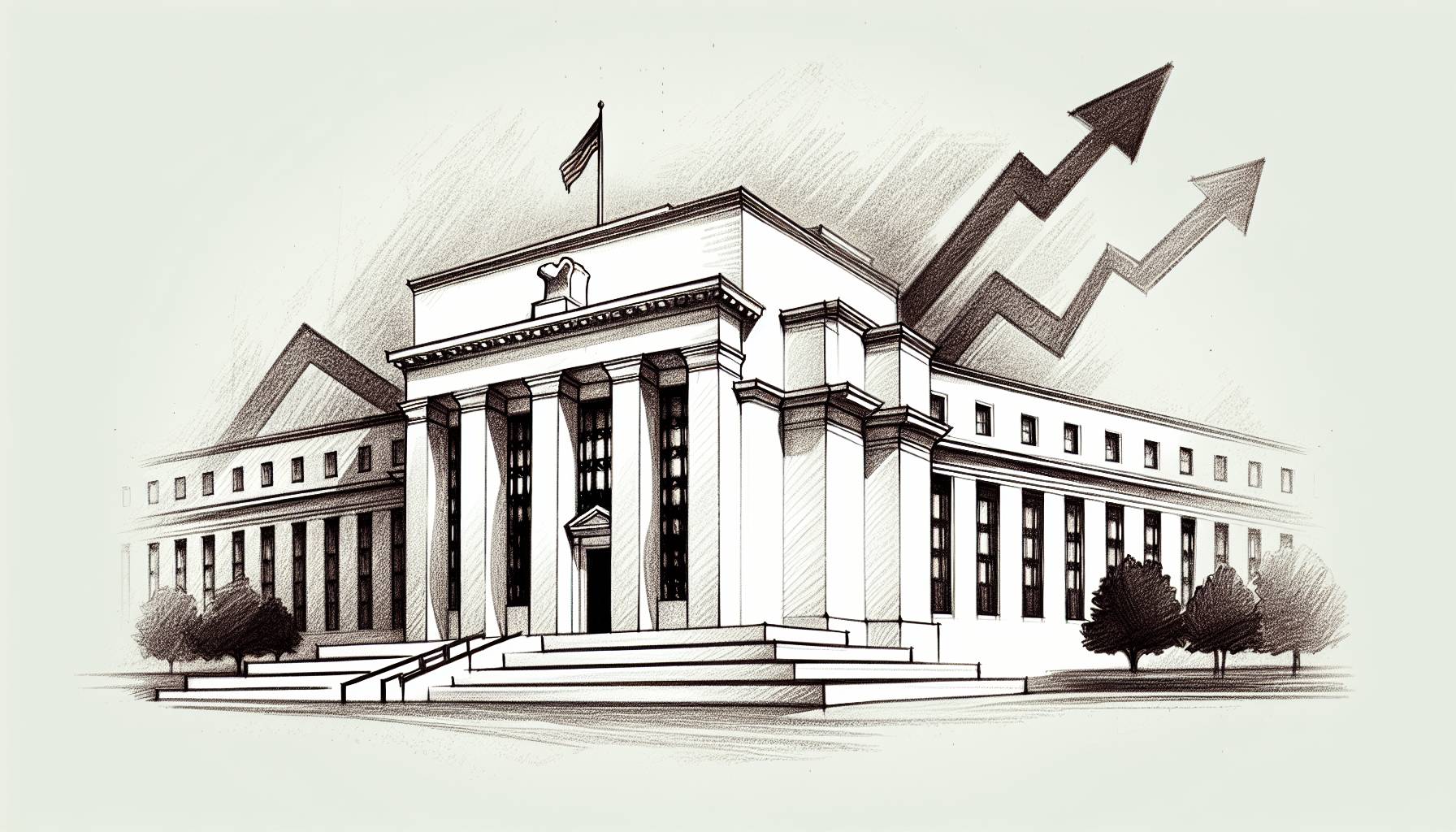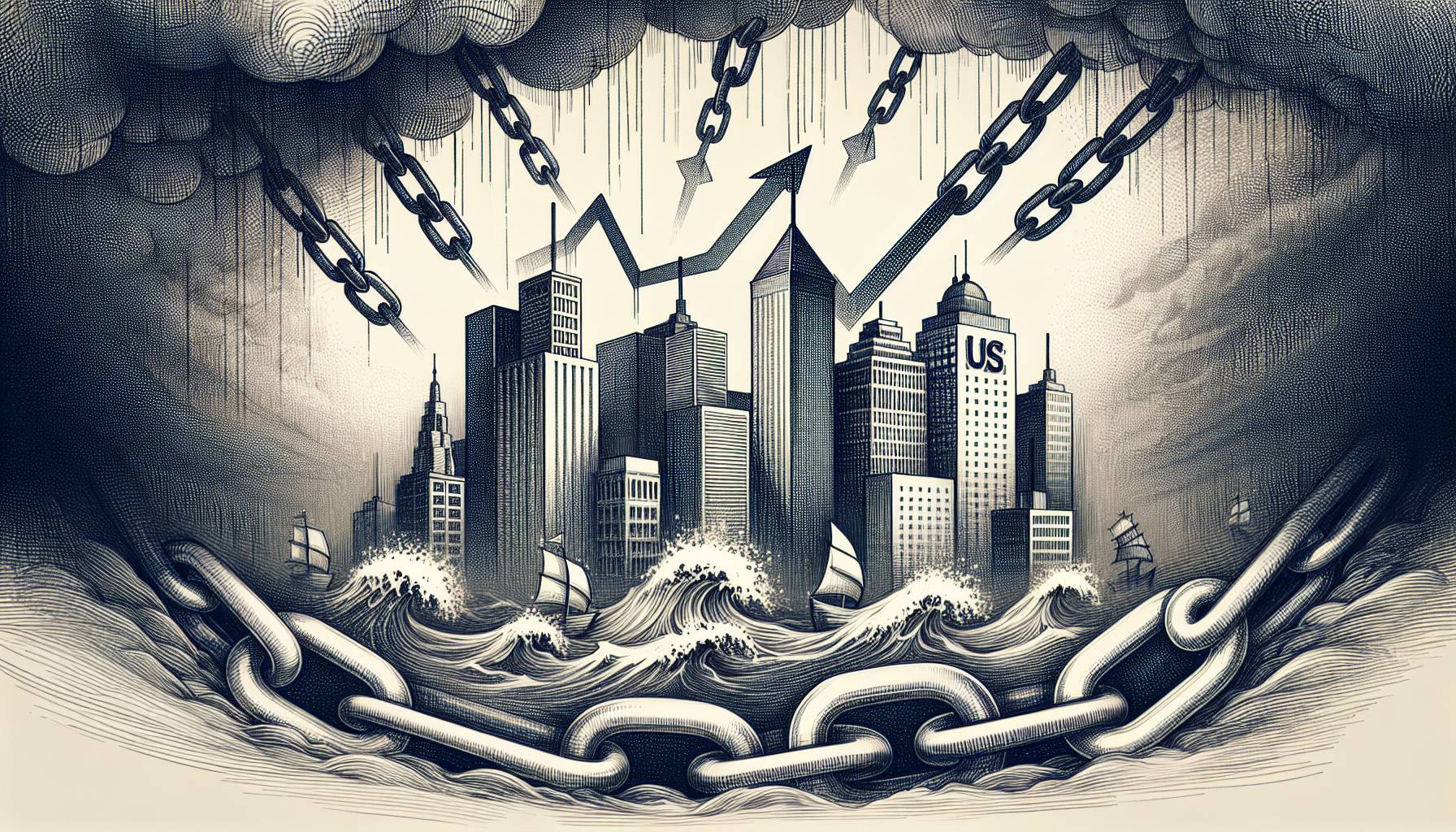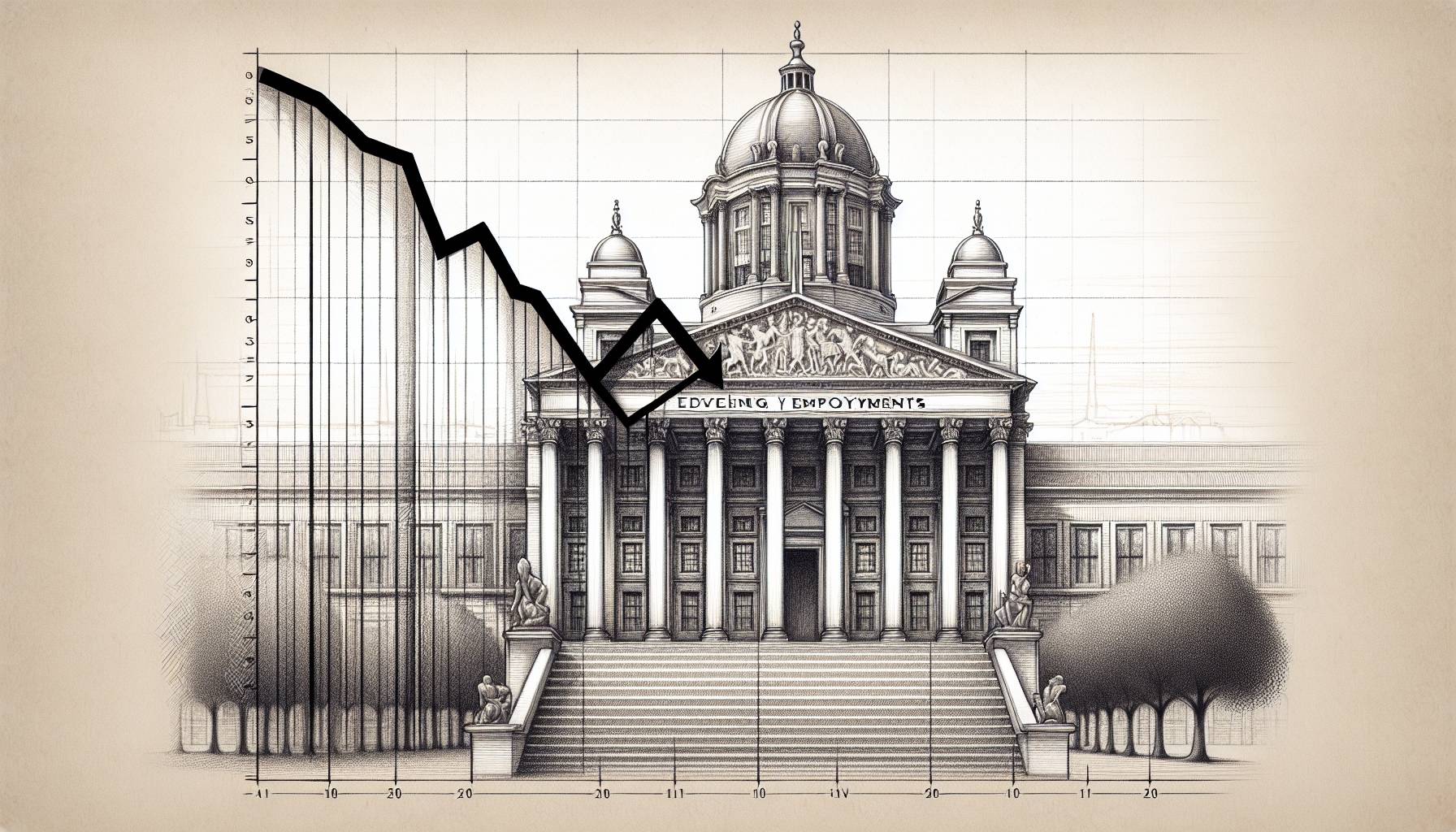The recent softening of US inflation and revival of retail transactions has led to the Federal Reserve holding steady on interest rate benchmarks. Stable monetary policy is on the horizon as key economic indicators begin to show signs of recovery.
Momentum is gaining in consumer spending, a defining driver of the U.S. economy, helping it rebound from the fallout of the pandemic. The employment sector is evidencing steady growth as new jobs are being created across various industries.
While this upturn is encouraging, the Federal Reserve is vigilantly monitoring inflation and the labor market. A slight downturn in inflation is taken as a good omen towards economic recovery, setting the stage for potential growth in retail activity.
Looking forward, the central bank is sourcing its efforts into supporting continued growth and overseeing inflation. This approach aims to safeguard the economy in these unpredictable times.
Experts forecast a 0.3% rise in the consumer price index (CPI) in February, marginally lower than the previous month’s increase. Such an increase would signify a steady climb in inflation, indicating steady recovery from the pandemic.
On a global scale, investors and economists are tuning into wage discussions in Japan and compensation data in the UK, as well as scrutinizing manufacturing activity in China. These investigations will provide broader insights into the global economic scenario.
The global market will also be closely following US inflation data and South Korea’s export data. The latter will serve as a barometer for global demand for technology. Critical outputs such as Germany’s industrial data will help in understanding the recovery pace of the EU’s largest economy and subsequently shape economic forecasts for the entire Eurozone.
In day-to-day life, seemingly ordinary acts – such as browsing through a fashion store in New York’s Soho district – serve as a microcosm of the economy. Inflation and fluctuating interest rates influence the pricing and purchase decisions in such scenarios.
By making consumers aware of the larger economic trends influencing their buying choices, a clearer understanding of the intricate world of finance can be achieved. Every transaction, no matter how small, contributes to the pulse of the economy – it’s this interplay that fuels markets, affects employment rates, and ultimately governs the health of the entire economy.
Taking a broad view, the robust interrelation between individual consumers, vendors, and sprawling economic trends comes to the fore. Today, even the smallest economic interaction echoes through the global economic landscape, setting off a series of events that could potentially impact financial ecosystems worldwide.
Despite the complex dynamics in play, the order within chaos intrinsic to this economic landscape can still be seen – underlining that understanding economic phenomena does not require specialist knowledge. Day-to-day activities like shopping in a Soho store can serve as a microcosm of the larger economic picture.













